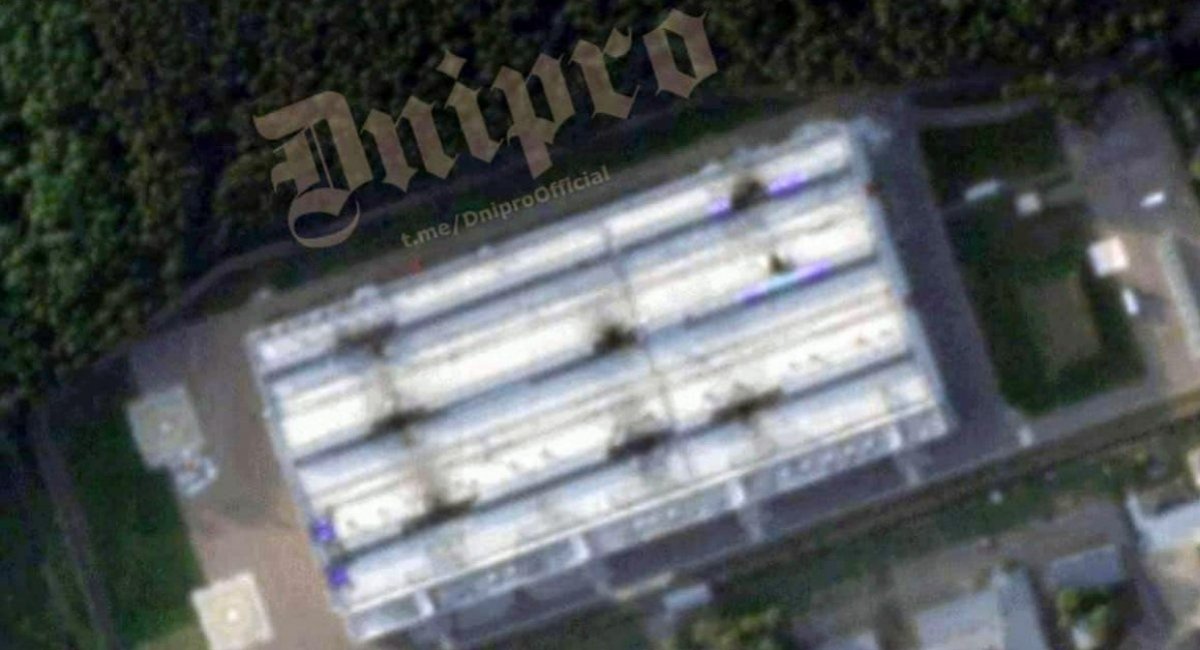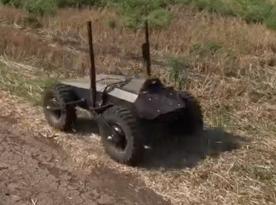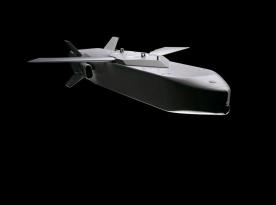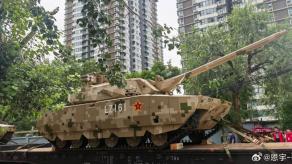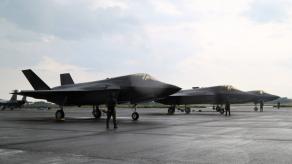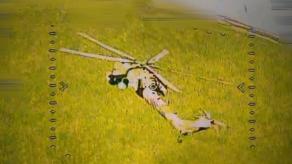Fresh satellite imagery shows the results of Ukraine's long-range drone attack on the russian brand-new JSC Kronshtadt factory in Dubna last week, on May 28. Immediately after the strike, the fire breakout at the facility, evidenced by videos on the web, indicated significant damage to the plant producing Orion UCAVs and Banderol cruise missiles for the russian armed forces.
A major fire can be seen burning at the Kronshtadt Production and Dubna Machine-Building Plant in the town of Dubna to the north of Moscow, which produces both drones and cruise missiles for the Russian Armed Force, following this morning’s large-scale drone attack by Ukraine. pic.twitter.com/pj0Vv8gyxu — OSINTdefender (@sentdefender) May 28, 2025
However, satellite photos provide a more detailed look at the destruction caused to this facility, revealing a phenomenal distribution of hits across the industrial buildings. Instead of all ramming into a single spot, drones evenly covered the area, keeping distance between the hits.
Read more: Brand-New Kronshtadt Factory in russian Dubna on Fire After Ukrainian Drone Attack
The geometry of breaches visible in the photo shows precision within a meter-wide error at most. Only one drone deviated a bit, and apparently one more failed to reach the target.
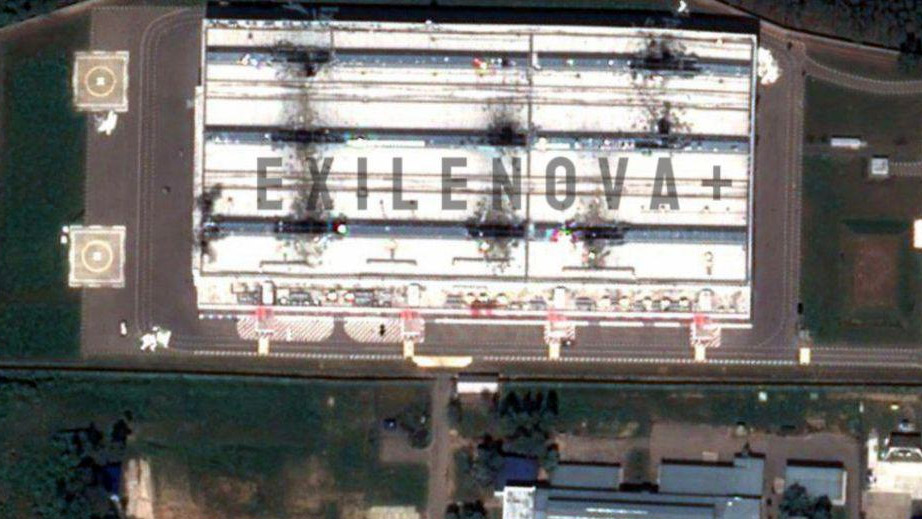
Standard weapon requirements to precision-guided systems usually do not even expect this much accuracy, especially from attack drones after travelling as far as 500+ kilometers (>300 mi) into the russian territory and breaching/evading a powerful network of air defense. At least there should be such air defense because Kronshtadt is situated near the Raduga State Machine-Building Design Bureau, a strategic enterprise producing Kh-101, Kh-59, Kh-69, and supersonic Kh-32 cruise missiles.
The selection of one of the newest workshops at Kronshtadt as the primary target here was a smart choice in its own way. The premise was built in 2021 using modern construction technologies, with a lightweight metal frame sheathed with metal clapboard and a minimum of supporting structures.
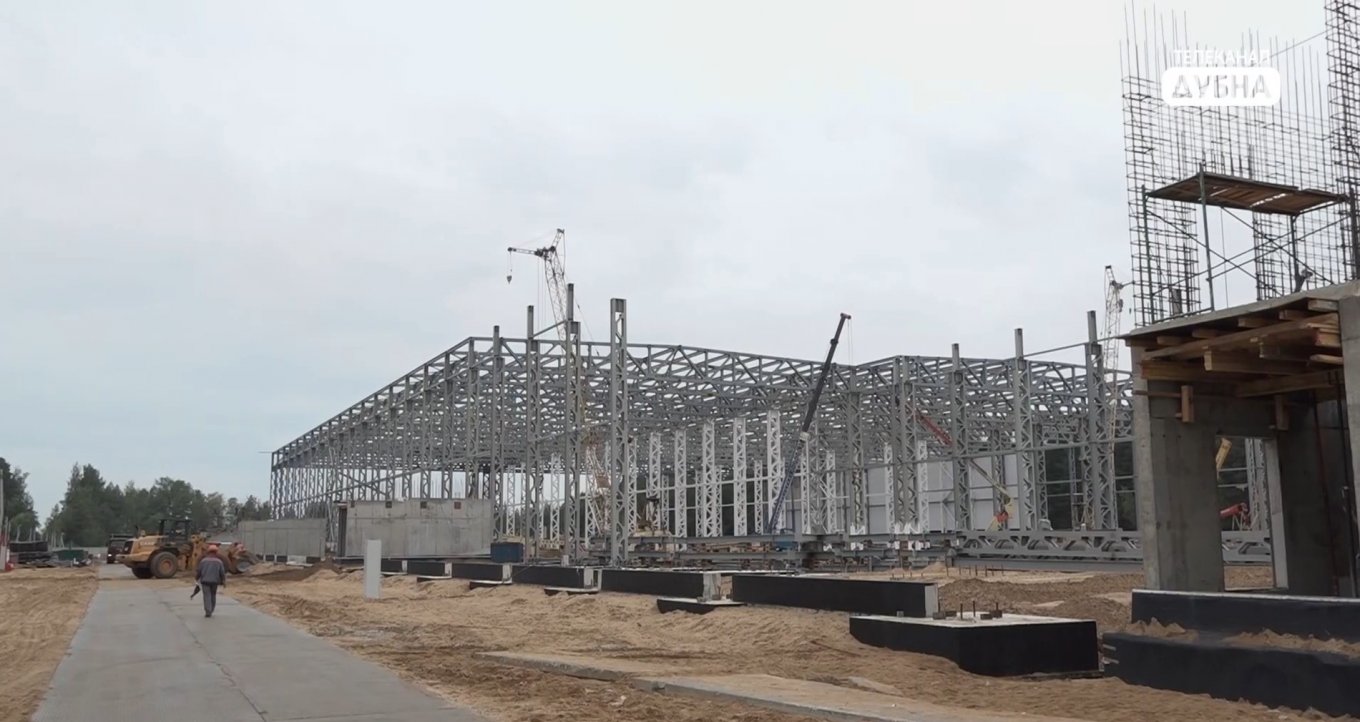
The neighboring Raduga design bureau, meanwhile, is a classic Soviet-style, robust factory with massive load-bearing structures and concrete blocks. Those would be a tough task for drones to break through.
That said, the precision demonstrated by guidance systems of deepstrike aerial drones in this case once again demonstrates that the main obstacle to the effective destruction of such robust facilities is only the small warhead and thus lacking firepower. Once the targeting technology is refined, it could be transferred to some more powerful vehicles.
Read more: Ukraine Launches Preemptive Strikes on russian Air Bases and Military Infrastructure




